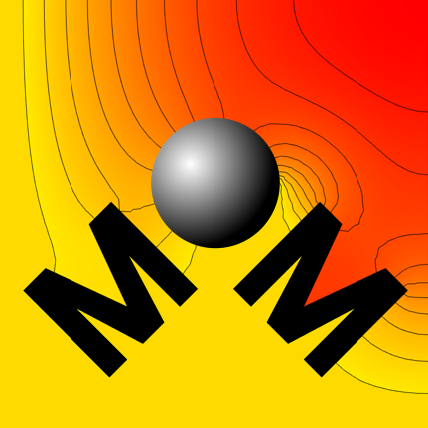Teaching
Textbook: A Computational Introduction to Quantum Physics, Cambridge University Press

GitHub Repo: https://github.com/CambridgeUniversityPress/A-Computational-Introduction-to-Quantum-Physics
From the blurb:
This concise textbook introduces an innovative computational approach to quantum mechanics. Over the course of this engaging and informal book, students are encouraged to take an active role in learning key concepts by working through practical exercises. The book equips readers with some basic methodology and a toolbox of scientific computing methods, so they can use code to simulate and directly visualize how quantum particles behave. The important foundational elements of the wave function and the Schrödinger equation are first introduced, then the text gradually builds up to advanced topics including relativistic, open, and non-Hermitian quantum physics. This book assumes familiarity with basic mathematics and numerical methods, and can be used to support a two-semester advanced undergraduate course. Source code and solutions for every book exercise involving numerical implementation are provided in Python and MATLAB®, along with supplementary data. Additional problems are provided online for instructor use with locked solutions.
Textbooks: Praktisk introduksjon til numeriske metodar [A Practical Introduction to Numerical Methods]
Python version: Fagborforlaget 2024. MATLAB version: Universitetsforlaget 2017

The Python version is co-authored with Andé Brodtkorb and Martin Lilleng Sætra.
GitHub repo for the Python version: https://github.com/nummet/nummet
GitHub repo for the MATLAB version: https://github.com/Soelve/PraktiskIntroTilNumMet_MATLAB
From the blurb (translated):
Numerical methods and computations are key ingredients within all subjects which use mathematics as method. But the threshold for getting started with numerical problem solving can sometimes seem high – especially with no prior experience in writing code. The book takes the reader by the hand and leads her, step by step, into the world of numerics.
Coursework
In teaching mathematics and physics, I have a firm belief that numerical methods and scientific computing should be included – in most aspects of the teaching. This is not only motivated by the fact that this enables solving problems which do not happen to be solvable with paper and pencil. It is also motivated by the experience that implementation and writing code adds to building theoretical and conceptual understanding.
Much of my teaching has been dedicated to teaching first year math, calculus and linear algebra, to first year engineering students.
I also teach quantum physics and quantum computing to master students within our ACIT program.
Alumni
Diedrik L. Oksnes, Master 2023
Suleman Hersi, Master 2024
Supervision
Bendik S. Dalen, PhD
Kristian Wold, PhD, co-supervision
Tor-Kristian Dahle, Master
Jonathan A. Risung, Master
